Someday I hope to see a real-life polar bear. Last March on the Svalbard Archaeopelogo, I came hauntingly close....
Longyearbyen, the administrative center of Svalbard, is the northernmost town in the world–so far north that even Iceland is far to the south. A friend of mine, astronomer Jay Pasachoff, organized a tour last Winter to view a solar eclipse near Longyearbyen, and I went along to see the eclipse and explore this corner of the Arctic . At our hotel in Oslo, before boarding my flight to Svalbard, I looked at a globe (see below) and noted that my destination was on a latitude with northern Greenland, less than a thousand miles from the North Pole.
The remoteness of Svalbard became all the more apparent as our SAS flight crossed the coast of Norway and flew on over the Barents Sea. After a while I could see mile after mile of ice flow in the ocean below. Then the pilot announced that we should expect a bumpy landing at Longyearbyen because the airport was built on permafrost and vulnerable to frost heaves. This was good news to anyone with an appetite for the remote and exotic. "Adventure is out there."
Here are those ice flows we saw on our approach to Longyearbyen.
At the airport terminal, I saw my first Svalbard polar bear. Even stuffed, it seemed formidable:
I travelled by bus a short distance from the airport to the town of Longyearbyen and my hotel, a former miner's dormitory known now as "Guesthouse 102."
At the guest house I learned that I had a good chance of seeing a polar bear nearby. On one of the popular snowmobile tours from Longyearbyen, a bear had been seen regularly during the past few days. A receptionist at the hotel told me she had seen the bear just the day before--at a safe distance, of course, but close enough for a good view. In Svalbard there are only about 25 miles of road, and tourists usually leave Longyearbyen by snowmobile, dog sled, or on foot to see the surrounding wilderness. They are usually accompanied by a armed guide. I felt lucky that this bear was so "accessible" because polar bears are usually found in more remote sections of the islands. I decided that as soon as I had the chance, I would see that bear.
But less than a day later the bear was dead. It had injured a camper, been wounded by pistol shot from another camper, and then killed by the authorities.
In a moment I will tell the story of the bear's death as recounted by guides whom I met during my week at Longyearbyen. But first here is some context on the legend of polar bear as crafty killer. The image below, painted by a French artist in the nineteenth century, conveys a common impression of the fierce polar bear.
Wikipedia Commons
That is the story that was published outside Svalbard.
But in Longyearbyen I heard a different slant on the story from local guides. I got to know several of these men and women during hikes and snowmobile trips from Longyearbyen. One after another they told me all of the things the tourists had done wrong, usually counting the proper procedure on their fingers: 1) camping near the shore where bears are most likely found; 2) camping in a region known for recent polar bear sitings; 3) failing to construct an effective electric fence around their campsite--they erected one, but it did not work, and 4) failing to keep one party-member on guard all night, ideally with a flare gun.
Over a meal at Guest House 102 we discussed the polar bear's death from every angle. One guide had seen the bear a day or so before: "She was just playing in the snow. She had killed two seal recently. She was not hungry. She probably just nosed around the tent out of curiosity." These guides were alert to polar bear danger: all of them left town with rifles, a kind of standard issue. But they believed that anyone in the wilderness outside Svalbard should do everything possible to avoid bear encounters. Several seemed on the verge of tears about the bear's death.
At one point as we were sitting at a long table in the guest house, another tourist came up and said, "I hear a polar bear attacked a tourist yesterday."
One of the guides shot back, "You mean, a tourist attacked a polar bear!"
I learned that there will be a government inquiry into the incident. Any time a bear is killed by a human in Svalbard an inquest follows, determining what caused the episode. The polar bear is a protected animal in Norway and in other parts of the world as well.
After several days in Svalbard I gave a talk at UNIS, The University Center in Svalbard, on "National Parks: the International Experience." I mentioned the recent polar bear incident, and a spirited discussion followed. One of the participants Daniel Börjesson, a Swedish outdoorsman-adventurer, was planning to spend three or four weeks in the island interior traveling with a friend by cross-country skis pulling sled with their supplies. I liked the story and arranged to interview him the next day. Daniel told me about his plans for bear safety--and his own encounter with the recently-slain polar bear.

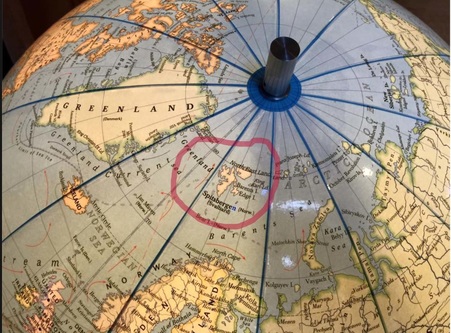
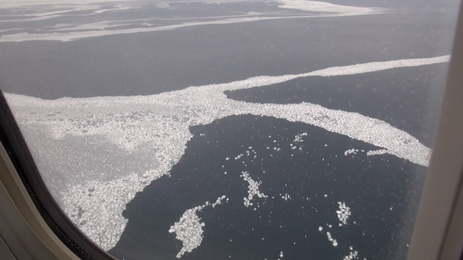
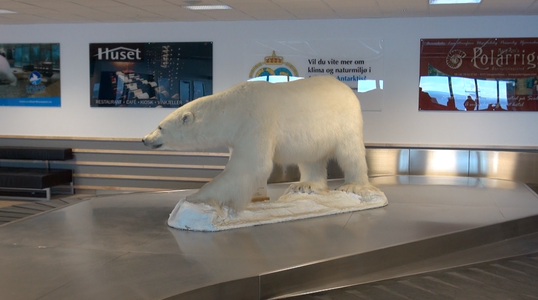
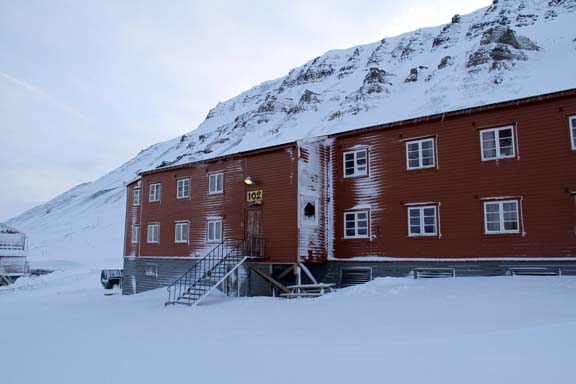
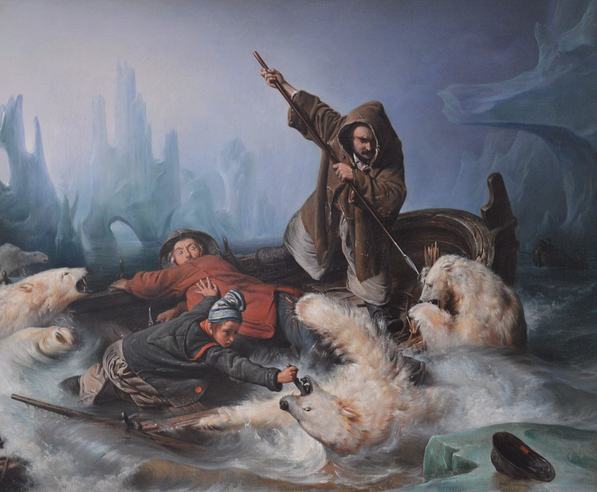
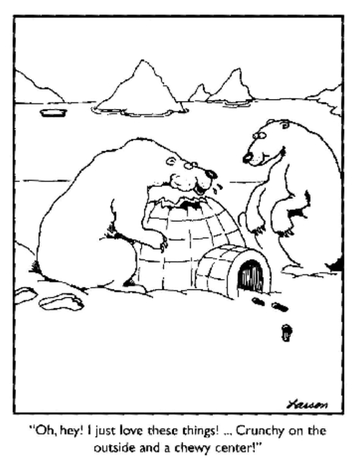
 RSS Feed
RSS Feed